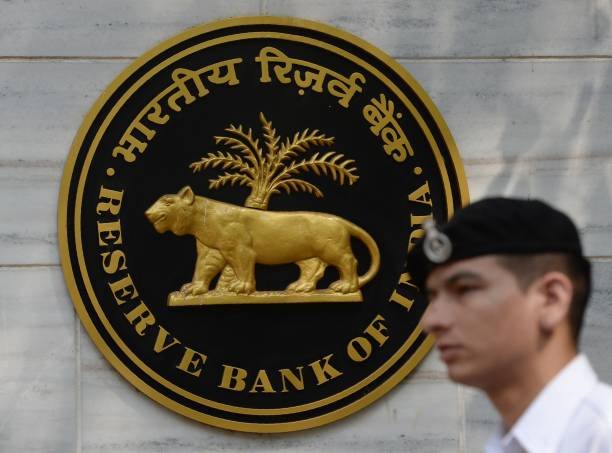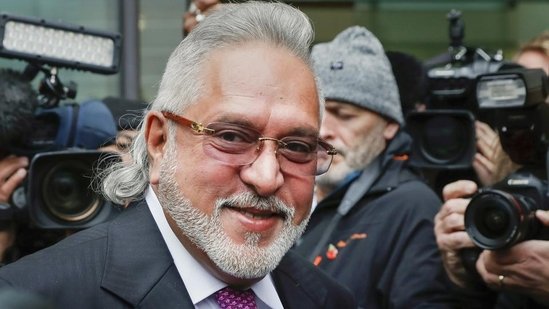The Supreme Court (SC) of India in the case Amar Jain v. Union of India & Ors, 2025 ruled that inclusive digital access to e-governance and welfare systems is an integral part of the fundamental right to life and liberty, and issued directions to make the digital Know Your Customer (KYC) process more accessible for persons with disabilities (PwDs).
- This ruling comes in response to petitions filed by individuals facing challenges in completing the digital KYC process due to disabilities.
What is the SC Ruling on Digital Access for Disabled Persons?
- Digital KYC Revisions: The SC directed the revision of digital KYC norms to accommodate individuals with PwDs under the Rights of Persons with Disabilities Act, 2016, particularly those with vision impairments and facial disfigurements, such as acid attack survivors
- It instructed the Reserve Bank of India (RBI) and other public entities to ensure accessibility in KYC processes and mandated that all regulated entities, public and private, adhere to accessibility standards.
- It directed that departments must appoint nodal officers for compliance, conduct regular audits by certified professionals, and involve visually impaired individuals in the design phase of digital platforms.
- Addressing the Digital Divide: The Court also highlighted the persistent digital divide that excludes not only the disabled but also rural communities, senior citizens, and economically weaker sections.
- The court held that under Articles 21 (right to a dignified life), 14 (equality), 15 (protection against discrimination), and 38 (Directive Principles of State Policy), ensuring universal digital access for vulnerable groups is a constitutional obligation, not merely a policy choice, essential for equal participation in public life.
What are the Other Key Judgements Related to Digital Empowerment?
- In Maneka Gandhi v. Union of India (1978), the Supreme Court held that any procedure restricting a fundamental right under Article 21 must be fair, just, and reasonable, not arbitrary or oppressive, laying the groundwork for inclusive digital rights jurisprudence.
- In Faheema Shirin RK v. State of Kerala (2019), the Kerala High Court became the first in India to recognize the right to access the Internet as part of the Right to Life under Article 21 and the Right to Education under Article 21A.
- The Court held that denying students internet access in hostels infringed upon their constitutional rights.
- In Anuradha Bhasin v. Union of India (2020), the Supreme Court held that Article 19(1)(a) protects the freedom of speech and expression via the internet, and Article 19(1)(g) safeguards the right to trade and conduct business online.
- It emphasized that any restrictions on these rights must meet the tests of reasonableness and proportionality.
What are the Key Hindrances in Digital Empowerment of PwDs in India?
- Digital Literacy Divide and Exclusion: A significant digital literacy gap excludes many PwDs from accessing essential services and economic opportunities.
- Despite schemes like PMGDISHA (Pradhan Mantri Gramin Digital Saksharta Abhiyan), PwDs remain disproportionately underrepresented in digital literacy programs.
- Weak Enforcement of Accessibility Guidelines: Although the Rights of Persons with Disabilities (RPwD) Act, 2016 mandates digital accessibility, its implementation remains inconsistent across sectors.
- Amendments in 2023 aimed to strengthen compliance, but enforcement remains fragmented in both government and private enterprises.
- Initiatives like Sugamya Bharat Abhiyan (Accessible India Campaign) aim to enhance accessibility of digital services, including education, yet face weak ground-level execution.
- Scarcity of Accessible Assistive Technologies (AT): There’s a growing demand for assistive technologies tailored for PwDs, but India lacks affordable and need-based AT solutions.
- Acid attack survivors struggle with facial recognition tasks like blinking or face alignment, while visually impaired users face challenges in tasks like selfies, and document verification, making digital KYC exclusionary and discriminatory.
- This scarcity limits PwDs’ ability to effectively access and benefit from digital platforms, deepening their digital exclusion.
- Acid attack survivors struggle with facial recognition tasks like blinking or face alignment, while visually impaired users face challenges in tasks like selfies, and document verification, making digital KYC exclusionary and discriminatory.
Other Supreme Court Judgments concerning Right to Internet Access
- Sabu Mathew George v. Union of India (2017): Directed search engines to proactively block advertisements related to pre-natal sex determination but clarified that it does not create any kind of curtailment in right to access information and freedom of expression.
- Anuradha Bhasin v. Union of India (2020): Accessing the Internet for Freedom of Speech and Expression and the right to carry out trade is protected as a Fundamental Right under Article 19(1)(a) and Article 19(1)(g), respectively.
- Improving Digital Literacy Among PwDs: The National Institute for Empowerment of Persons with Multiple Disabilities (NIEPMD) can collaborate with organizations like Google or Microsoft to offer tailored courses that train PwDs in using assistive technologies and accessing digital and government services.
- Existing schemes like Pradhan Mantri Gramin Digital Saksharta Abhiyan (PMGDISHA) should extend their focus to disability-inclusive digital literacy.
- Disability-Sensitive Urban Planning: Integrate assistive technology into public infrastructure, such as smart city initiatives where public transportation, smart street lighting, and urban spaces are designed with PwDs in mind.
- Install digital signage in public spaces that provide information in multiple formats—such as audio, Braille, and sign language videos—to ensure that PwDs can easily navigate.
- Inclusive Innovation Lab for PwD Empowerment: Create an Inclusive Innovation Lab through public-private partnerships to develop cutting-edge digital accessibility solutions for PwDs.
- This hub would bring together startups, tech companies, and NGOs to create innovative, scalable, and affordable technologies to improve accessibility.


